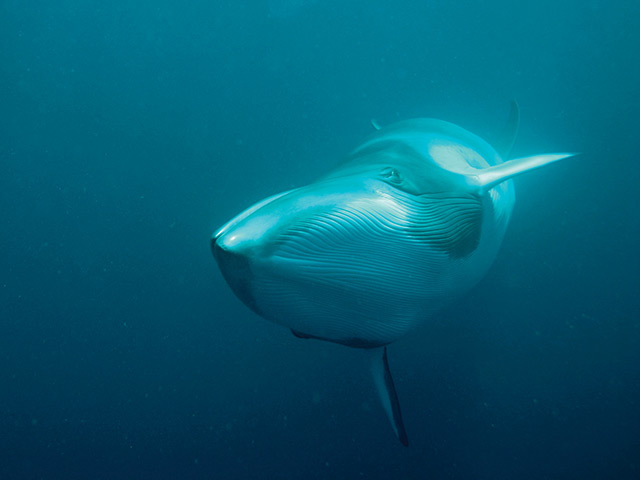
A new report has urged the renewables industry to invest in new technology to prevent dolphins, whales and seals being injured by offshore wind farms.
The report, compiled by energy consultancy Xodus and SMRU Marine, claims the cost of investing in new acoustic deterrent devices would, in the long term, outweigh using passive methods currently employed.
Harbour porpoise, minkie whales, habour and grey seals and bottlenose dolphins are believed to be at most risk from the noise produced by offshore wind farms, leaving them at risk of injury and hearing loss.
The report, published today by the Offshore Renewables Joint Industry Programme, is the first stage of a series of guidelines aimed at improving the chances of approval for offshore wind projects.
“An independent review such as this provides the ideal foundation to fulfil the aim of the project, which is to achieve an effective, practical, safe, and cost-effective method for ensuring that marine mammals are not injured during offshore piling activity,” said Xodus environmental consultant Alex Herschel.
“Compromises may need to be made; however, any improvements to current guidelines, no matter how incremental, have the potential to ultimately make a material difference to the industry.”
The report calls for increased funding into research for acoustic deterrent systems and for testing, with the Moray Firth among the most likely areas to be used due to the number of species affected there.
The report’s findings were welcomed by Energy Minister Michael Fallon, who called for the industry to collaborate to ensure safe methods of protecting wildlife from windfarms.
“It is essential that all industry stakeholders continue to work together to implement the report’s recommendations,” he said.
“This will increase the protection given to marine mammals, help us meet our renewable energy targets and encourage more investment in the offshore wind industry.”
Recommended for you
